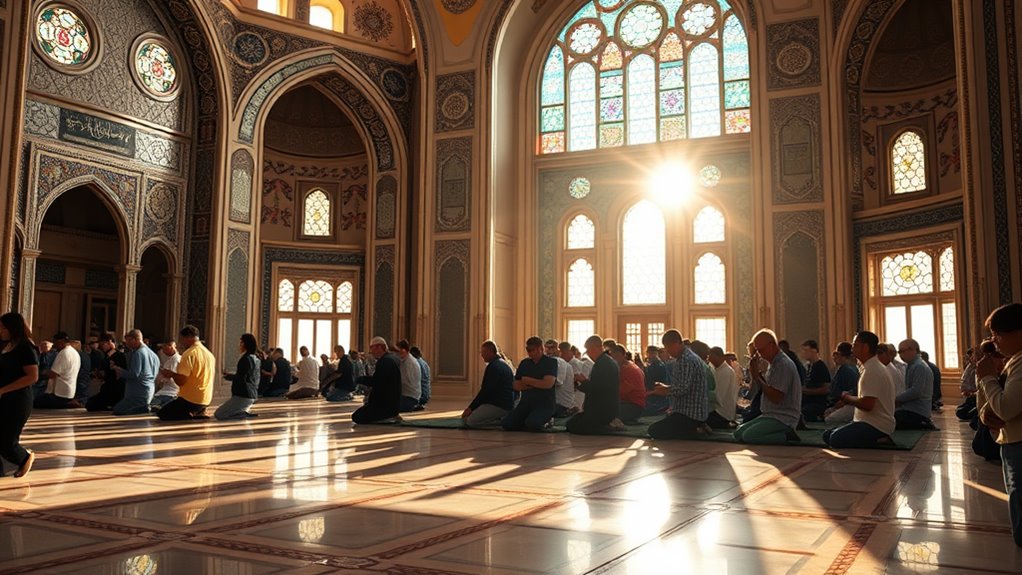
When planning a relocation whether across town or to a new state the quality of your chosen moving company can make all the difference between a smooth transition and an overwhelming experience. That’s where services like learn more at the website come in, offering tailored moving solutions designed to take the stress out of your big day. From careful packing to reliable transportation, top movers streamline every step so you can focus on settling into your new space.
Equally important in the relocation landscape is go to site, a service that champions customer satisfaction and dependable logistics for residents in the bustling North Fort Myers area and beyond. With personalized attention and a commitment to timely delivery, customers gain peace of mind knowing their possessions are in experienced hands.
In the middle of your planning process, it pays to consult established industry resources that provide expert guidance and standards for professional moving services. One authority in this space is the Federal Motor Carrier Safety Administration (FMCSA), a U.S. government agency that regulates moving companies, ensuring they meet safety and licensing standards. Their resources help consumers verify movers and understand their rights during a relocation.
Why Choosing the Right Mover Matters
Relocation involves more than just a change of address it involves the safety of your possessions, the timeliness of delivery, and your overall peace of mind. Professional moving teams bring trained personnel, proper equipment, and logistical expertise that DIY or unverified movers simply cannot match. When a well‑reviewed moving service handles your belongings, you significantly reduce the risk of damage, delays, or last‑minute chaos.
According to industry practices, a reputable mover should be transparent with pricing, provide written estimates, and maintain proper licensing and insurance. Taking the time to verify these essential credentials before hiring a mover can save you from common pitfalls, such as hidden fees or unreliable service.
Planning Ahead for a Smooth Move
Preparation is key to a stress‑free relocation. Here are several proven strategies to make your move more efficient:

Create a detailed moving checklist: Well in advance. Break tasks down by weeks or days to avoid last‑minute scrambling.
Declutter before packing: Getting rid of items you no longer need. This reduces move size and related costs.
Gather high‑quality packing supplies: And label boxes by category and room for easier unpacking.
Schedule your move early: Especially during peak seasons like spring and summer when movers are in high demand.
Confirm mover credentials: Such as licenses, insurance, and reviews this helps ensure a reliable team on moving day.
Local and Long‑Distance Moving Expertise
Whether you’re relocating locally within a city or embarking on a long‑distance move, professional movers bring invaluable experience to the table. Local moves demand familiarity with neighborhood logistics and efficient routing, while long‑distance relocations require coordination across larger regions and adherence to transportation regulations.
Companies like those behind Springfield Movers and North Fort Myers Movers typically offer a range of services to accommodate different moving needs:
- Full‑service packing and unpacking
- Secure transportation of household goods
- Specialty item handling (e.g., pianos, antiques)
- Flexible scheduling to meet your timeline
- Storage solutions for short‑ or long‑term needs
What to Look for in a Professional Mover
When evaluating moving companies, customers should consider several key qualities:
Reputation and reviews: Consistent positive feedback from past customers signals reliability and service quality.
Transparent pricing: Clear estimates and upfront explanations prevent surprise costs.
Insurance and licensing: Proper credentials ensure movers comply with industry standards.
Customer service: Responsive support reflects a company’s commitment to your satisfaction.
In the moving world, many reputable companies also participate in trade associations or uphold recognized industry standards. Taking note of such affiliations can give you greater confidence in your choice.
Final Thoughts: Investing in a Seamless Move
Relocating doesn’t have to be a source of stress. With thoughtful planning, the right resources, and a trusted moving partner by your side, your transition can be smooth and successful. Services like Springfield Movers and North Fort Myers Movers bring professional know‑how to the table, helping families and businesses alike make meaningful transitions with confidence.
From the early stages of planning to the final box unloaded, prioritizing quality moving services and informed decision‑making will make all the difference in your moving experience. With reliable partners, your next chapter can begin on a positive note.


